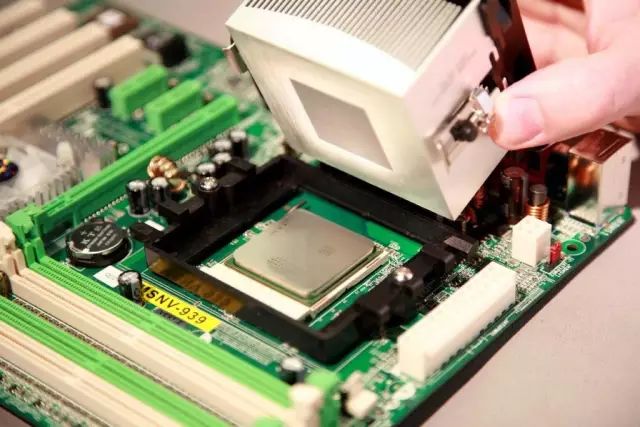

Hotline:0755-22277778
Tel:0755-22277778
Mobile:13826586185(Mr.Duan)
Fax:0755-22277776
E-mail:duanlian@xianjinyuan.cn

The direction of its absorption axis is shown in the figure. If a polarizer with a special size and shape is provided to the LCD manufacturer, the absorption axis should be marked or explained.
2. The transmittance index of polarizing film can be divided into three categories: single, parallel, and crossed. Usually, an integrating sphere spectrophotometer is used to measure it according to JIS-Z-8701. Among them, monomer transmittance refers to the transmittance of a single polarizer, parallel transmittance (H0) refers to the transmittance of two polarizers with parallel absorption axes stacked together, and orthogonal transmittance (H90) refers to the transmittance of two polarizers with orthogonal absorption axes stacked together. Among these three indicators, H0 and H90 affect the brightness (H0) and contrast (H0/H90) of LCD screens, which are very important for LCD manufacturers. In order to achieve good display effects with high brightness and high contrast, it is hoped that H0 is as high as possible and H90 is as small as possible.
3. Hue is represented by the values of a and b, and is usually measured using an integrating sphere spectrophotometer. a. The b value is the color coordinate value in the CIE (International Commission on Illumination) Lab color system, and the approximate color corresponding to a set of a and b values can be found from the color coordinate graph.
4. Polarizing Co Efficiency: Polarizing Co Efficiency is a calculated value used to represent the overall efficiency of a polarizer in producing polarized light. This formula can be transformed into H 0/H 90=(1 × 2)/(1- × 2). It can be seen that the closer the value of V approaches 100%, the higher the contrast (H 0/H 90).
5. The peeling force of polarizing film can be divided into three categories: protective film peeling force, peeling film peeling force, and peeling force on glass substrate. The determination of three types of peeling forces was carried out using a tensile testing machine in accordance with JIS-C-2107 standard. The determination of protective film peeling force and peeling film peeling force was carried out along the 180 ° direction, while for glass substrates, it was carried out along the 90 ° direction. For LCD manufacturers, the peeling performance of polarizing films on glass substrates is crucial. If it is difficult to peel off within a short period of time (4-6 hours) after pasting, or if there is residual glue on the glass plate after peeling, the polarizer has poor reworkability, and poor surface mounting will result in the entire LCD screen being scrapped. But if the peeling force is very small, it is easy to cause a decrease in the durability and moisture resistance of the pressure-sensitive adhesive after the polarizer is attached to the glass substrate, as well as multiple defects such as surface depressions on the peeling film, which affects the performance of the polarizer.
6. The durability test of polarizing film is to peel off the peeling film and protective film of the polarizing film and stick it to a glass substrate. After pressure degassing, it is placed in a constant temperature and humidity box to observe its changes before and after the experiment. The foaming peeling index mainly assesses the durability performance of the adhesive, while the optical change index assesses the durability performance of the PVA layer. The durability requirements of polarizing film should be determined according to the design requirements (usage environment) of different types of LCD products.
The full name of polarizing film should be polarizing film. Those who have studied physics should know what polarized light is. The imaging of liquid crystal displays must rely on polarized light. As for why, I haven't figured it out yet. All liquid crystals have two polarizing films tightly attached to the liquid crystal glass, forming a liquid crystal film with a total thickness of about 1mm If any polarizer is missing, the LCD panel cannot display images
The reason for replacing the polarizer is that the polarizer facing the eyes on a regular LCD display is frosted to dissipate surface reflections and scatter light to increase the viewing angle of the LCD display For projectors, any scattering will cause a loss of light. The ideal state of the LCD panel used in projectors should be a 0-degree viewing angle, which means that if the LCD panel is viewed from a vertical direction, there will be no light. Of course, this is impossible to achieve, but the closer it is to the 0-degree viewing angle, the higher the utilization rate of light. Therefore, after replacing the frosted polarizer with a flat polarizer, the brightness of the projector on the wall will be greatly improved. My personal estimate is that it can increase by about 50-80%. This is why it is necessary to replace the polarizer

Advanced Institute (Shenzhen) Technology Co., Ltd, © two thousand and twenty-onewww.avanzado.cn. All rights reservedGuangdong ICP No. 2021051947-1 © two thousand and twenty-onewww.xianjinyuan.cn. All rights reservedGuangdong ICP No. 2021051947-2